Reportar esta entrada
Más sobre la misma comunidad-colección
Armistice Day at El Paso High School
El Paso High School has a very rich history and an extremely ...
"Shining Desert Suns: Dador y Tomador de Vida" - El Paso, Texas
The ball by Susan Klahr is titled "Shining Desert Suns: Giver ...
Zona de recreo en la parte delantera de Biblioteca Principal
The picture shows the recreation area in front of the Public ...
Terminal de aparcamiento en Plaza Unión
As part of El Paso’s Union Plaza Redevelopment Program this ...
The Bert Williams Downtown Santa Fe Transfer Center
This new bus terminal is called The Bert Williams Downtown Santa ...

















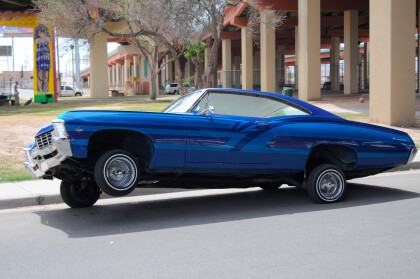

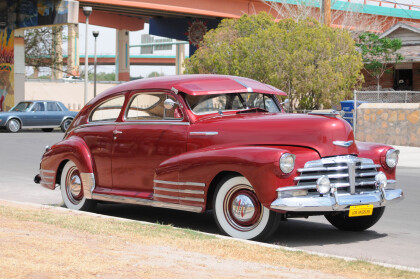
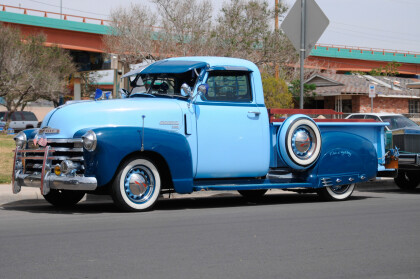
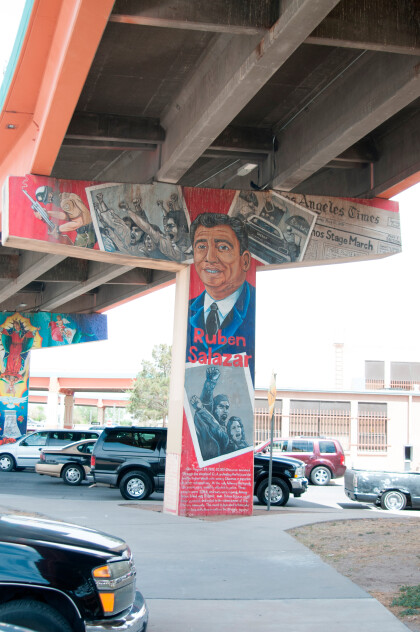
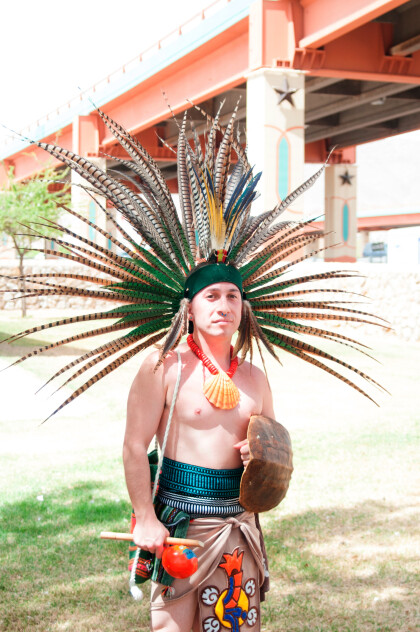
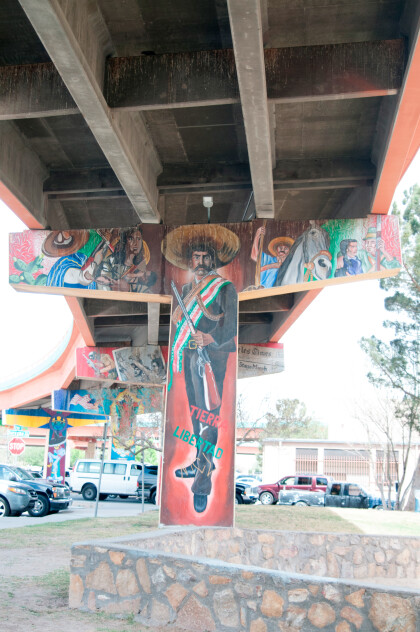
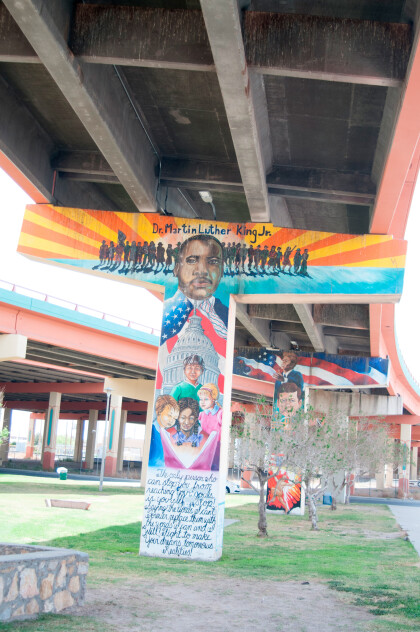
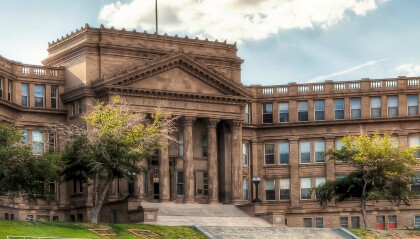
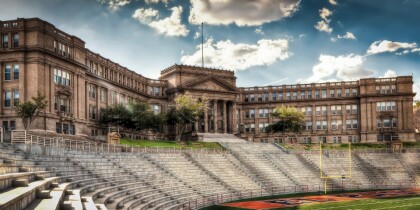
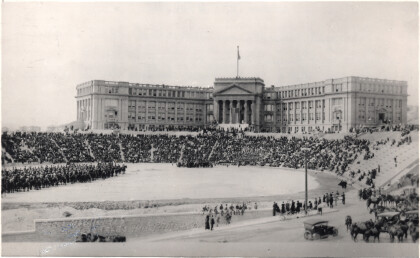
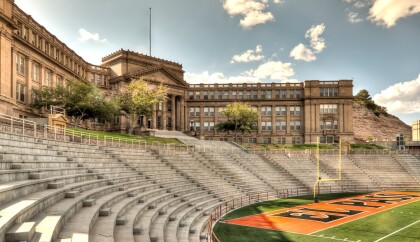
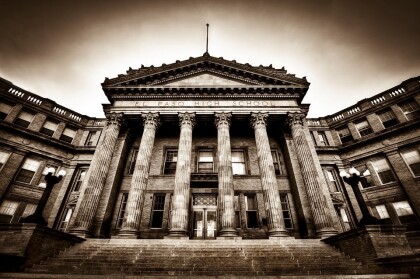
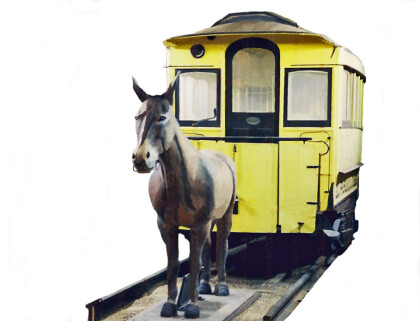
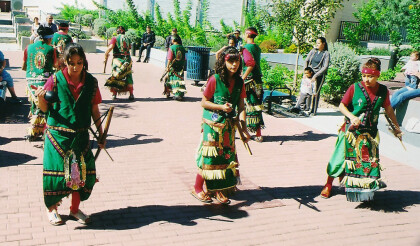

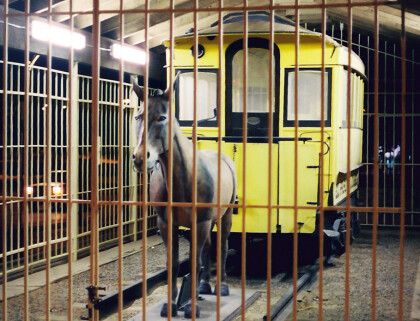

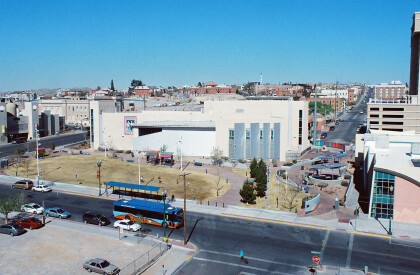
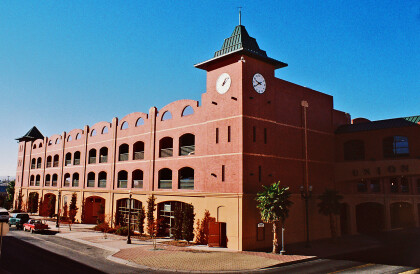
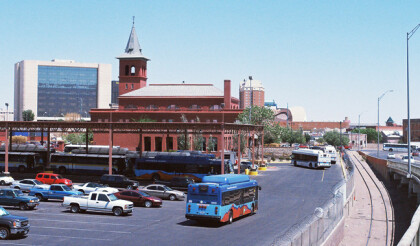
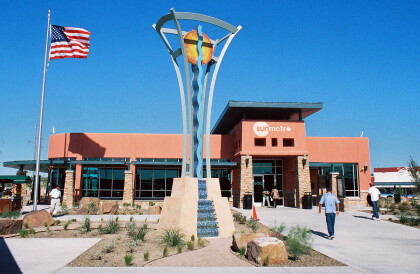
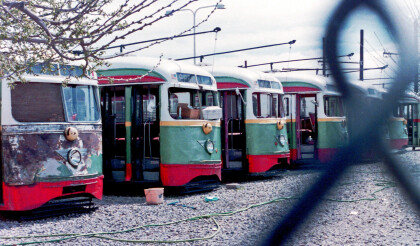
Comentarios
Hacer un comentario